Cockpit 198
Cockpit is the modern Linux admin interface. We release regularly. Here are the release notes from version 198.
PatternFly4 user interface design
Cockpit has been restyled to match the PatternFly 4 User Interface design, including the Red Hat Text and Display fonts.
This style refresh aligns Cockpit with other web user interfaces that use PatternFly, such as OpenShift 4.
Over time, Cockpit will be ported to actually use PatternFly 4 widgets, but this restyle allows us to change Cockpit gradually.

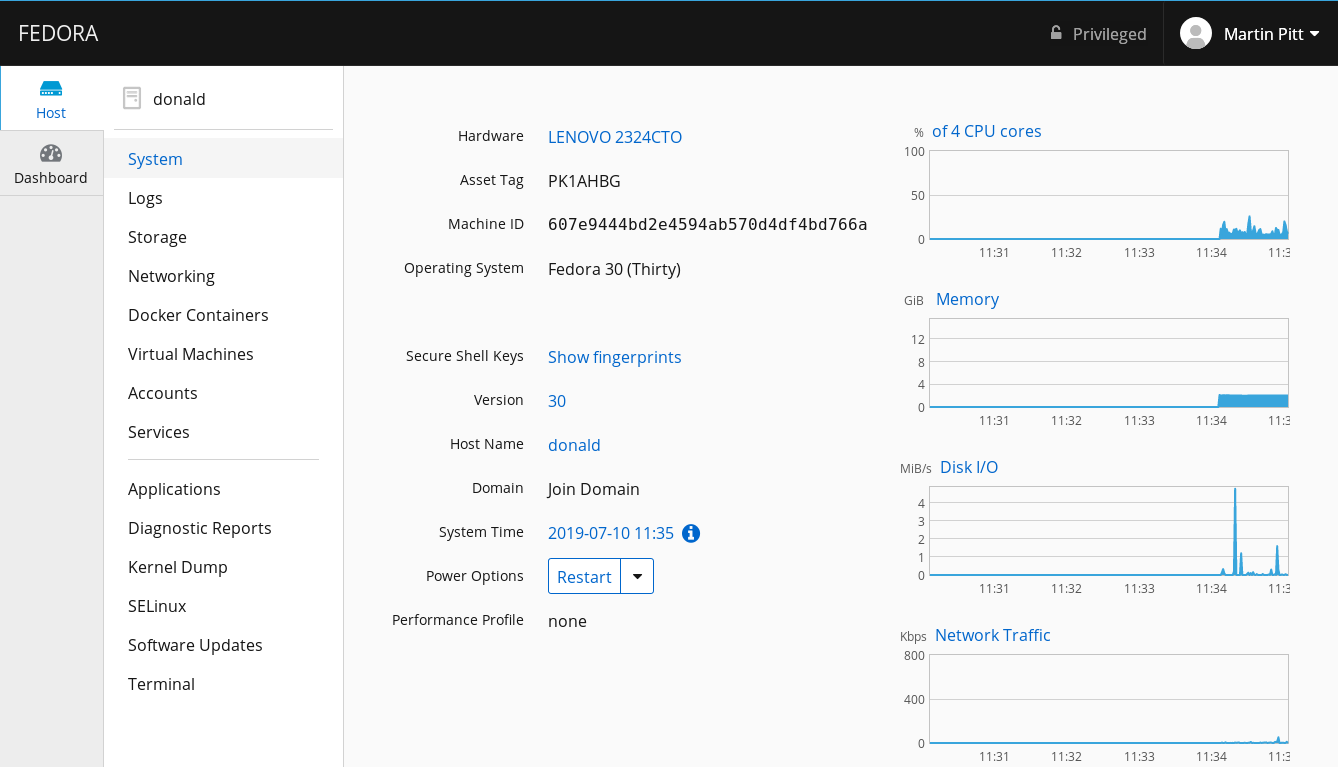
SELinux: Show changes
The SELinux page now has a new section “System Modifications” which shows all policy settings that were made to the system (with Cockpit or otherwise):
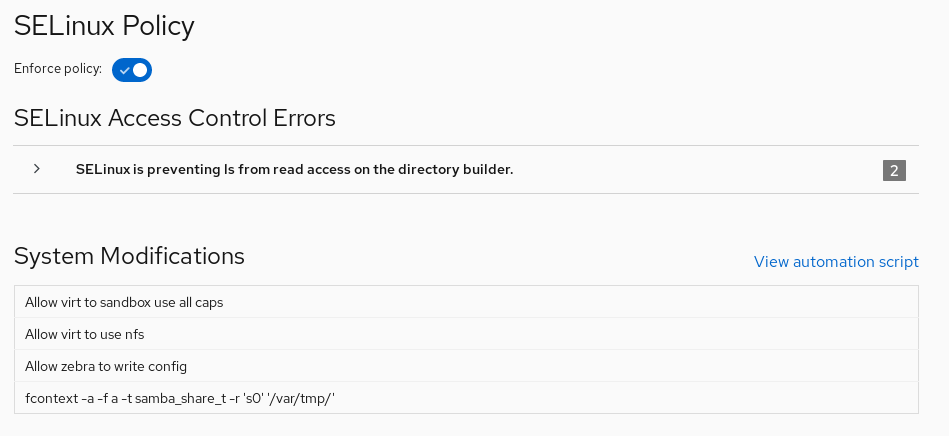
The “View Automation Script” link will show a dialog with a shell script that can be used to apply the same changes to other machines:
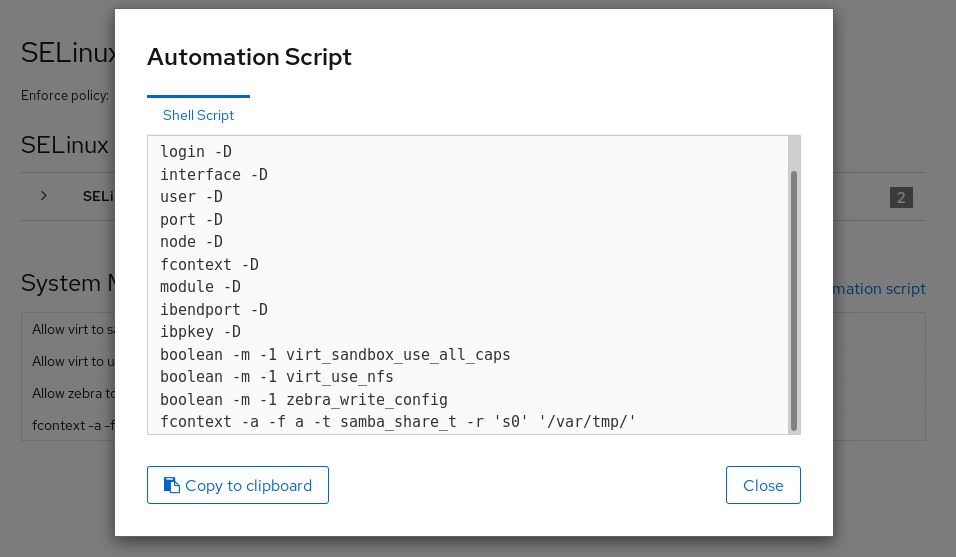
Machines: Deletion of Virtual Networks
The Virtual Networks section of the Machines page now supports deleting networks.
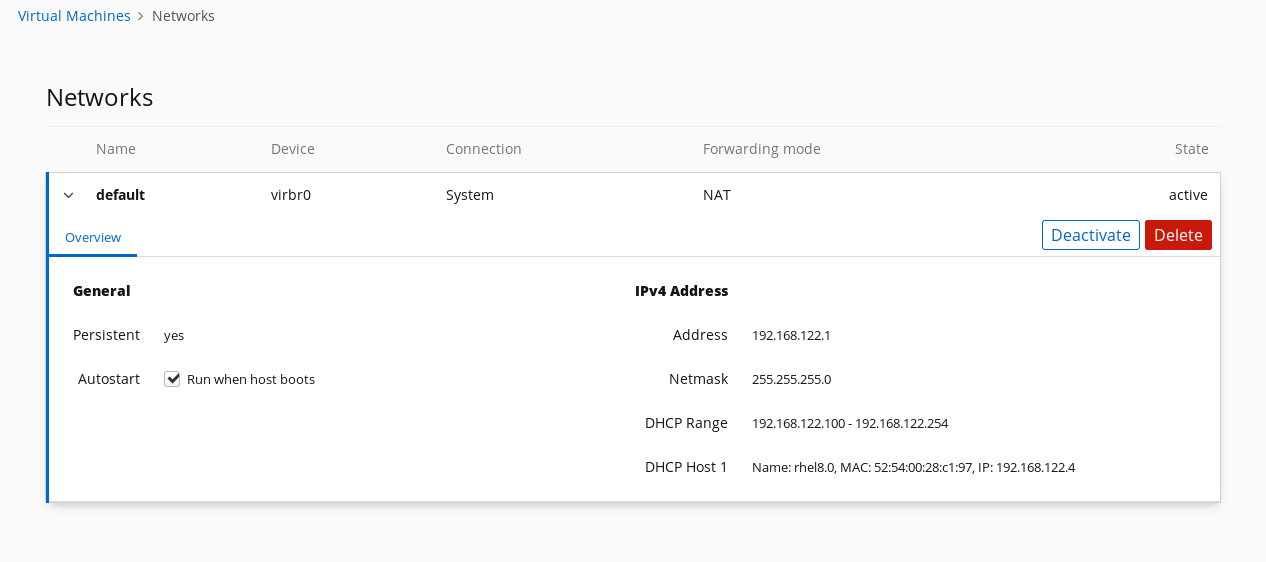
Machines: Support more disk types
When creating a new VM, the disk can now be on a storage pool type other than a plain file. The newly supported types are iSCSI, LVM, and physical volumes.
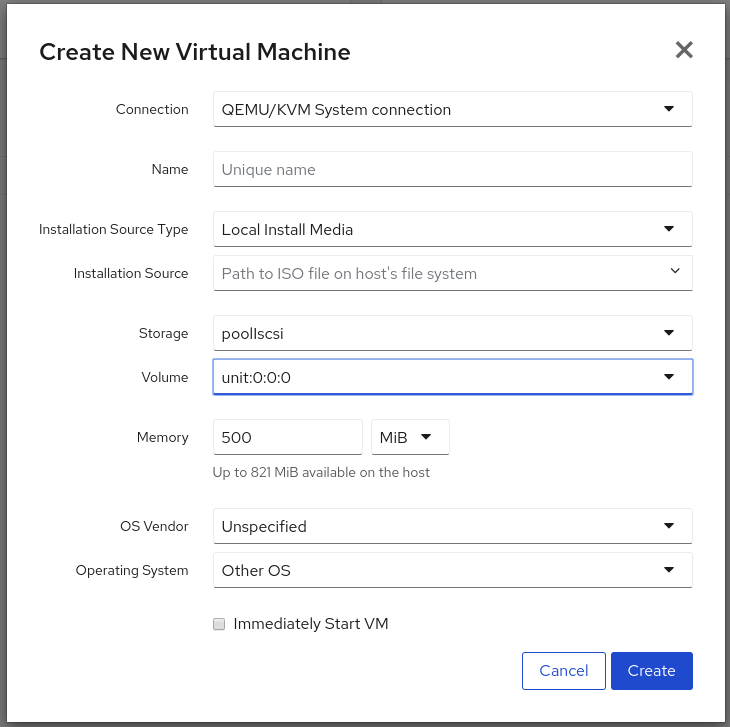
Docker: Change menu label
The menu label changed from “Containers” to “Docker Containers”. This avoids confusion with the “Podman Containers” page from cockpit-podman, and points out that this page really is about Docker only, not any other container technology.
Web server: More flexible https redirection for proxies
cockpit-ws now
supports redirecting unencrypted http to https (TLS) even when running in
--no-tls mode. Use this when running cockpit-ws behind a reverse http proxy
that also supports https, but does not handle the redirection from http to
https for itself. This is enabled with the new --proxy-tls-redirect option.
Try it out
Cockpit 198 is available now:
